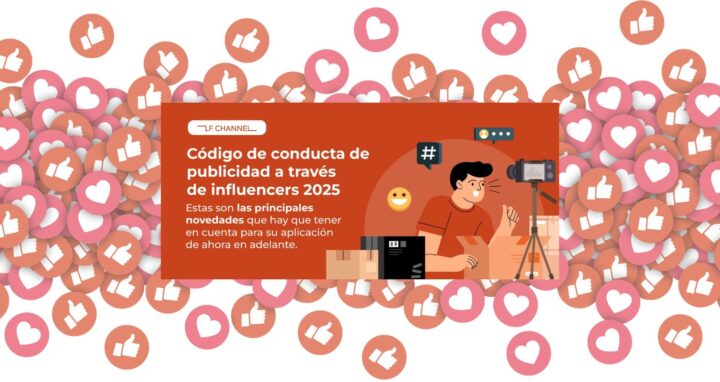In today’s globalized marketplace, multicultural communications have become essential for to connect with diverse audiences with different cultural references. Effective multicultural communication goes beyond simple translation; it requires understanding cultural nuances, preferences, and communication styles across different demographics and regions of the world.
For global companies and brands, the impact of multicultural communications can profound. When executed thoughtfully, companies can reach previously untapped markets, build authentic connections in local markets, and create inclusive brand experiences. Organizations that embrace this approach often see increased value through several metrics including customer loyalty, enhanced brand reputation, and improved market penetration in diverse communities.
Different channels and formats play crucial roles in multicultural communications. With the ability to reach across borders, digital platforms provide the opportunity to target messaging to specific regions and cultural groups.
Integrating Multicultural Communications into Marketing and PR Strategies
There are many aspect of developing a strategy, but very often expanding your reach means working this approach into existing marketing and PR strategies. There are some steps to help with the process including:
- Conduct cultural research and audience analysis: identify target cultural segments and their unique characteristics
- Develop cultural competence within teams: create inclusive decision-making processes that incorporate diverse perspectives
- Create culturally tailored content strategies: adapt messaging to reflect cultural values and communication styles including design and visual elements
- Select appropriate channels and formats: balance digital and traditional media based on audience preferences
- Partner with cultural experts and community organizations: work with agencies or local consultants to develop communications
- Implement comprehensive quality control: test communications with representatives from target cultures
- Measure and optimize performance: continuously refine approach based on results and feedback
Worldcom Partners have written about the process and their insights can provide you with important details.
- How to connect with diverse audiences through inclusive communication
- International PR strategies: Cultural adaptation and global reach
- Successful Multicultural Communication: Overcoming Challenges and Leveraging Differences
- Why DEI cannot be seen as a tick box exercise – Advice from the Women of Worldcom
Developing Cultural Competence
The most successful multicultural communications strategies recognize that diversity exists within cultural groups. Factors like generational differences, education levels, and regional variations create subcultures that may require nuanced approaches. Organizations that avoid broad cultural generalizations in favor of more precise audience understanding typically achieve better results.
Part of developing cultural competence is to explore research and insights about the country, community and people with which you want to communication. Worldcom partners have provided insights into many cultures and communities.
- 2024 Focus Report: PR in Central Europe
- 5 Communication Trends in Southern Europe for 2025
- Embracing a Culture of Community Involvement
- Embrace community collaboration: how co-design can deliver better results for local government
- The Impact and Growth of the Hispanic Community
- The importance of adapting corporate communication to the local context: the case of Spain and Ecuador
- The Pollack Group Partners with Ascend to Bring More Visibility to Underrepresented Research and Initiatives for Pan-Asian Business Leaders
Selecting Appropriate Channels and Formats
When starting to select channels it is important to consider both digital and traditional formats. The digital sphere is multifaceted and platforms vary in popularity across cultures. For example, WeChat dominates in China, while WhatsApp is prevalent in Latin America and India. Understanding these preferences is vital for effective engagement.
Traditional media such as print media, radio, and television still hold strong influence in many cultures, particularly those with less digital saturation or among older demographics. A well-rounded approach will including audience-specific publications and broadcasts in order to reach specific audiences with some degree of credibility.
- Guide: Communications for the Spanish Cybersecurity Market
- Guide: Spain’s Electric Mobility Market
- How Belgian Companies Can Leverage Online Communities to Boost Customer Loyalty
- Tips: Transform Your Organization with Behavioral Marketing.
Creating Culturally Tailored Content
Once channels are determined, the format and design of communications are equally important. Visual storytelling may resonate more effectively in some cultures, while detailed written content might be preferred in others. The use of color, imagery, and symbols must be carefully evaluated through cultural lenses to avoid misinterpretations or offense. Even aspects like content length and tone require cultural calibration—some audiences appreciate directness, while others value contextual communication.
Language adaptation represents another critical dimension. Understanding references in language can help to preserve emotional impact and cultural relevance. This might involve adjusting idioms, references. There are many ways to generate this content, and our partners have identified not only the process, but also great examples of multicultural communication in action.
- Building Campaigns That Reflect and Engage Diverse Audiences
- Important things to keep in mind when engaging with First Nations people
- More than just a logo: why your brand needs a strong visual identity
- The marketing campaigns that have had the greatest impact on us in 2024
- The Psychology of Colors in Marketing and Branding: Colors That Capture the Mind and Cultural Nuances
Ultimately, effective multicultural communications foster inclusion, demonstrate respect, and build genuine connections that transcend cultural boundaries. In an increasingly diverse global landscape, mastering these approaches has evolved from a competitive advantage to a business necessity.



